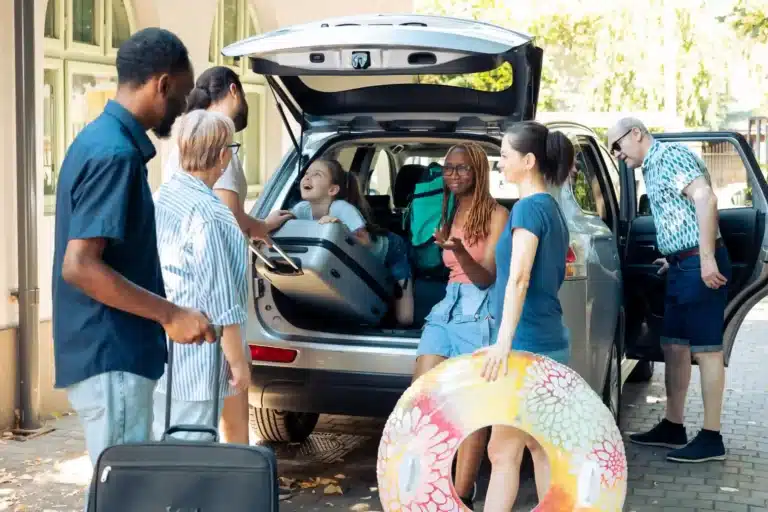It seems incredible, but according to the National Highway Transportation Safety Administration (NHTSA), left turns are significantly more dangerous than right turns, accounting for about 20% of all car crashes in the United States. But what’s the cause for this? Why do left turns cause more crashes?
ON THIS PAGE
Increased Risk
Left turns are more dangerous for two reasons. First, a left turn means going against traffic in multiple directions (especially at a busy intersection). When you make a left turn at a four-way intersection, you need to be sure that drivers in both directions of cross-traffic are aware of your presence. The more lanes there are, the greater the odds that one driver makes a mistake. Additionally, many drivers struggle to identify safe turning gaps at unprotected left turns, increasing the chances that they pull forward when it’s not safe.
The second issue is that collisions at left turns tend to be far deadlier because they’re most commonly either side-impact collisions (t-bones) or head-on collisions, two of the deadliest kinds. Side impact collisions are especially deadly because while they only make up 10% of all U.S. car crashes, they account for about 20% of all car crash fatalities.
Reducing Risk
Many of these crashes occur at unprotected left turns. If you don’t feel comfortable going through a busy intersection that has no protected left turn, it may be wise to find an alternate route.
Drivers can also be proactive in identifying risks by looking left and right before traveling into an intersection. This will help identify drivers at risk of running a red light. Likewise, if it doesn’t seem safe to turn, it’s better to wait than to risk getting into a serious crash.
To discuss your case with an experienced car accident attorney from Richmond Vona, LLC, please don’t hesitate to contact us for a free consultation.



